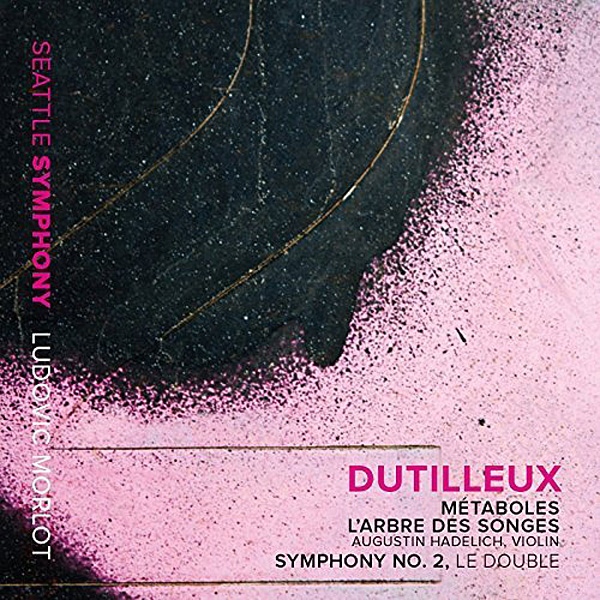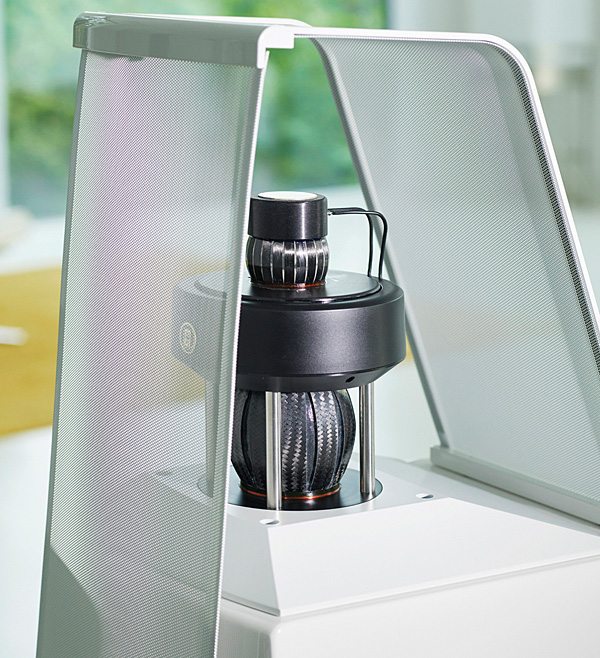| Columns Retired Columns & Blogs |
I spent some time at the MBL room in Munich (2019 High End), nice speakers. Omnidirectionals are not "that" rare, though. eg Ondacustica www.ondacustica.com and others, mostly Europeans I guess, in additions to the ones you mentioned.
















































